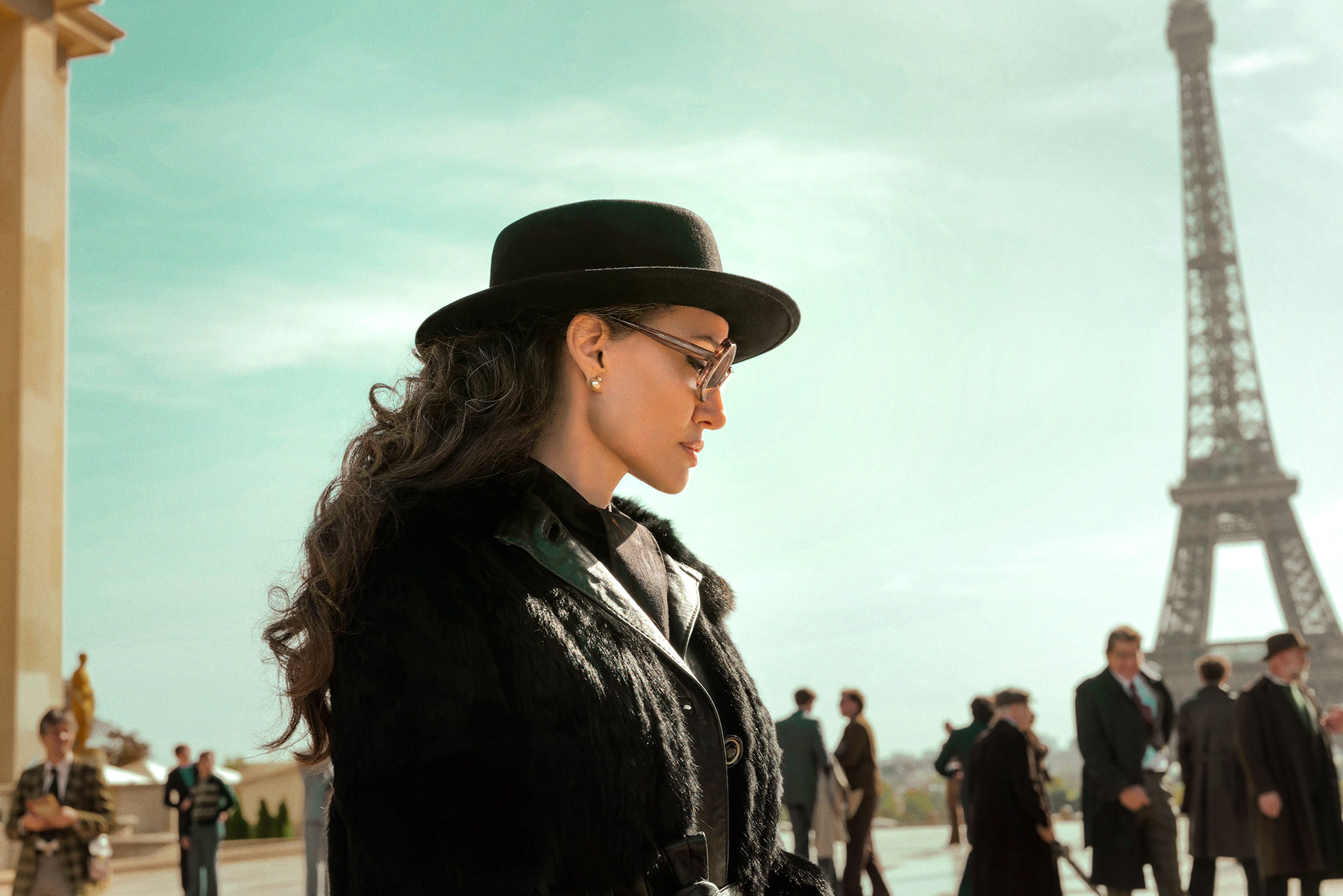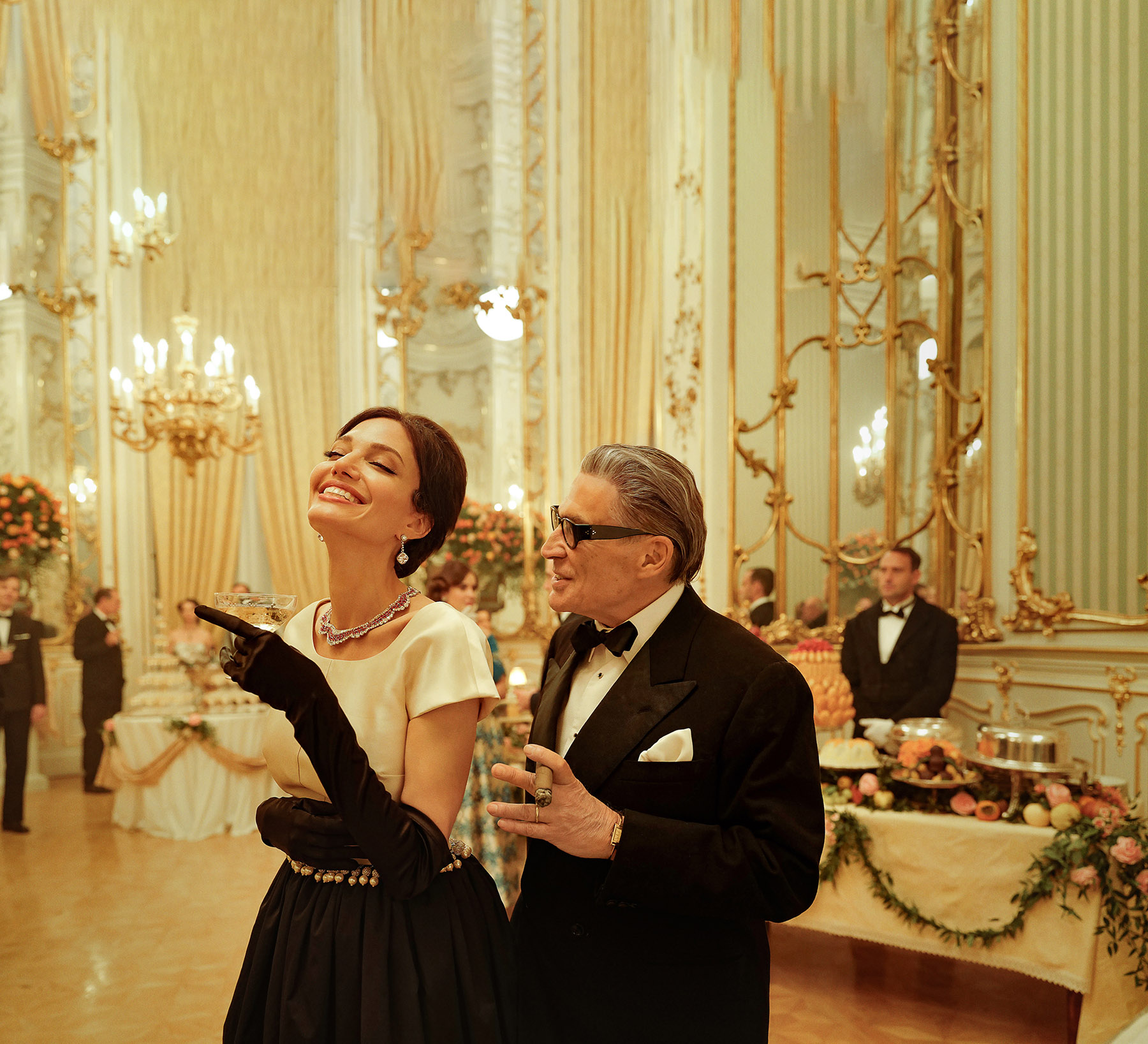
The last week in the life of legendary opera singer Maria Callas is the subject of Chilean filmmaker Pablo Larraín’s Maria, the third in his meditative trilogy on remarkable women in remarkable circumstances. It follows the pattern of Jackie (2016) — which imagined the days immediately following the 1963 murder of the 35th US president, John F Kennedy, from his widow’s point of view; and 2021’s Spencer, premised on an awkward Christmas weekend with the family for Princess Diana. Getting into unexplored weeds or zeroing in on a few defining days has served the tired biopic genre well in recent years; the underrated Jimi: All Is By My Side, about Jimi Hendrix, before the Monterey International Pop Festival in June 1967 made him famous, and Golda, focusing on 19 days in Golda Meir’s prime ministerial career, spring to mind.
Maria is another impeccably photographed (by Carol’s Edward Lachman) and dignified exercise in watching a woman feel empty in beautifully appointed rooms, landing somewhere above the clinical Jackie in terms of audience engagement (no doubt helped by the music) but below Spencer for thought-provoking creativity.
READ MORE: Angelina Jolie, Brad Pitt reach divorce settlement ending eight-year dispute
Angelina Jolie plays the title role. Maria begins at the end, with the singer’s butler and housekeeper — Ferruccio (Pierfrancesco Favino) and Bruna (Alba Rohrwacher) — finding her body in her living room. The film rewinds to a week ago. It’s 1977, and the retired singer is a bit of a recluse, rarely leaving her Paris apartment, and dependent on Mandrax — better known as the brand Quaalude. Ferruccio does his best to control how much she’s taking, but as Maria insists on reminding him, she’s the diva and she’ll do as she pleases. After a few pills, she tells the duo she’s expecting documentary filmmaker Mandrax (Kodi Smit-McPhee) to arrive soon for an interview that will be the basis of his film about her life.

Of course, she’s hallucinating, but the hallucinations serve as our entry point into Maria’s memories — of her great romance with the Greek shipping magnate Aristotle Onassis (Haluk Bilginer), of her difficult relationship with her mother (Lydia Koniordou), and of course her greatest performances, many shot in lush black and white. Tucked amid her imagined interviews are visits by conductor Jeffrey Tate (Stephen Ashfield) and pondering over the question of whether she might perform again.
Ironically, Maria isn’t nearly as grandiose as its subject, and on an intellectual level, it’s easy to see Larraín and writer Steven Knight’s efforts to humanize an untouchable icon. However in bringing Callas down to that more human level, they strip out much of what made her such a trailblazer. Opera is known for the heightened emotions of its storytelling, and the subdued Maria could have used some of that. One of the things that make the lack of bravado so mystifying is having an actor with a huge screen presence in the lead. Jolie is visually operatic and is at her best when she’s being imposing and imperious. Though she lip-synched to recordings of Callas’ unmistakable voice for most of the film, she did study opera for months to capture the singer’s vocal breakdown. Her performance is commendable but it’s also distant, missing the kind of warmth required to help us understand Callas better. The moments in which she remembers Onassis’ death and has a brief reunion with her sister (Valeria Golino) come close to sympathetic but never quite get there.
ALSO READ: Comedy, musical and domestic violence
Of course, the highlights of Maria are rooted in her voice, and in re-creations of performances in Milan, London and Paris that demonstrate what made Callas a generational wonder to the uninitiated and opera buffs in equal measure. You won’t know more about Callas, the woman, when the film ends, but you might want to dig up a recording of Norma.










